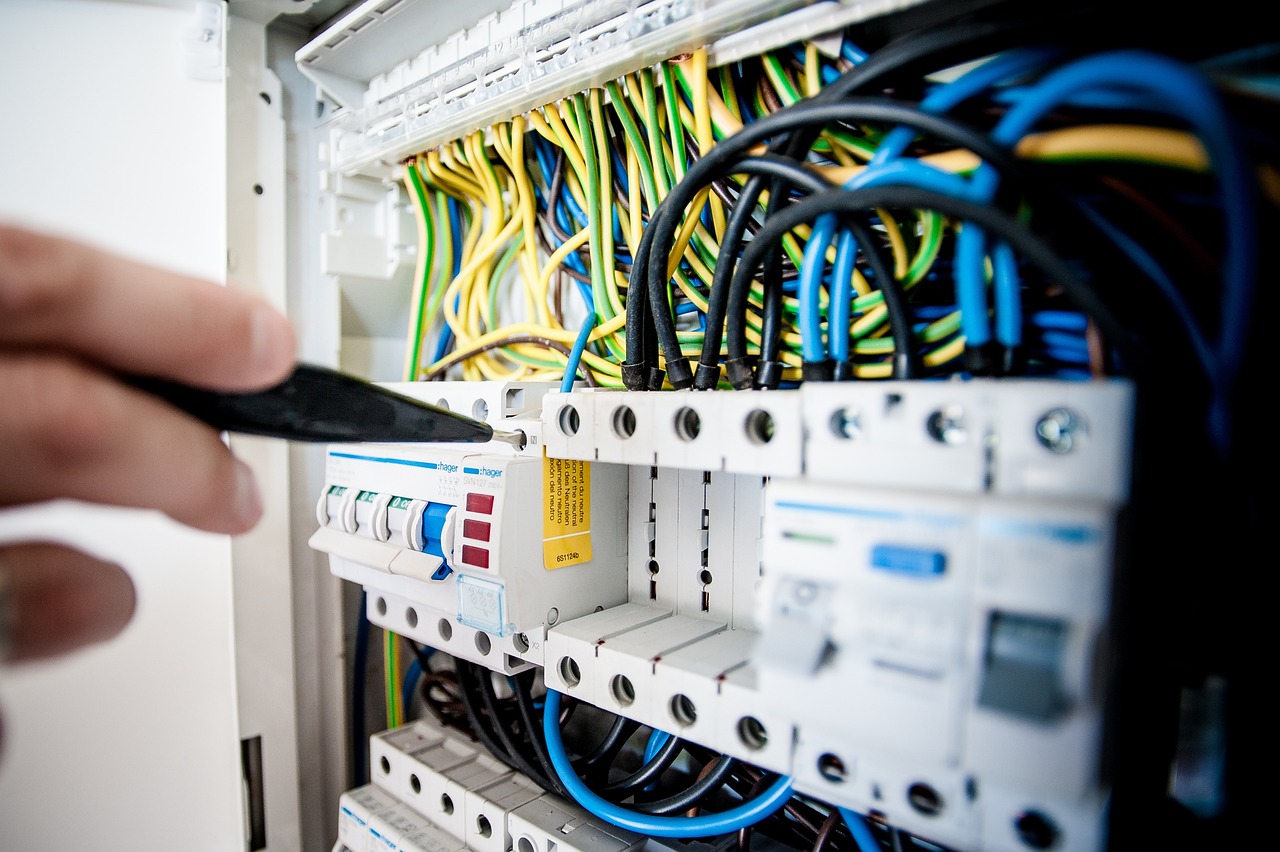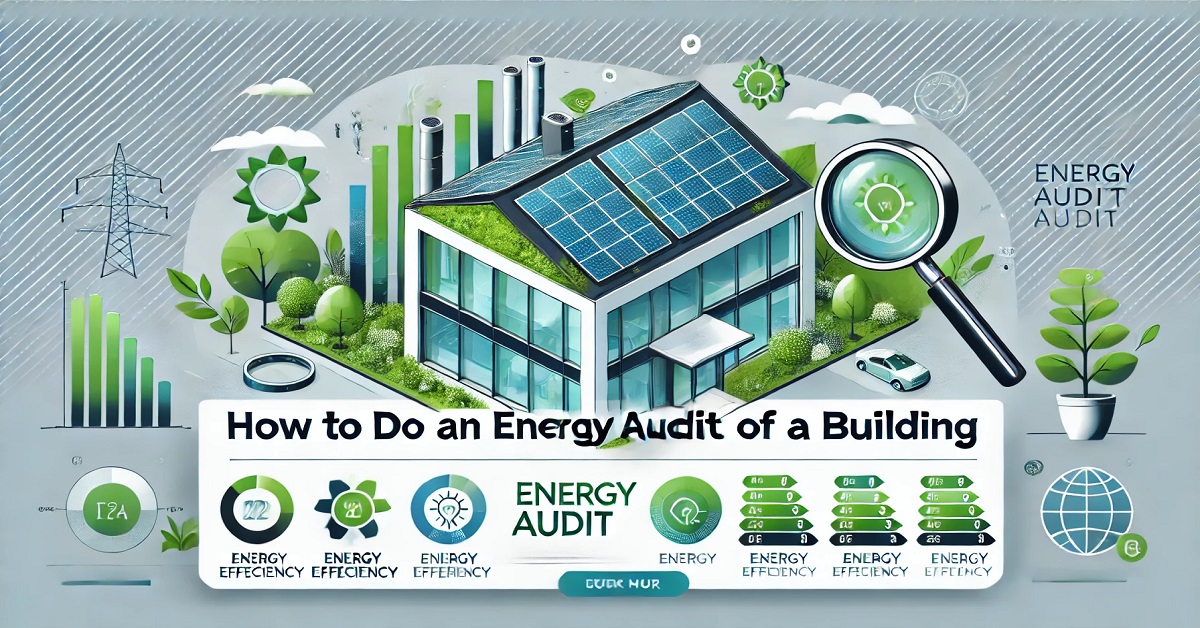
By conducting an electrical audit. Building owners can ensure they meet safety standards. Improve the reliability and efficiency of their electrical systems, and lower energy consumption. The audit process usually involves a thorough examination of the electrical infrastructure. which includes the substation, transformers, switchgear, panels, and distribution circuits. Here we know about the Purpose of the Electrical Audit.
Additionally, thermography or thermal imaging may be used to identify heat-related issues. The results of the audit are compiled into a detailed report. That highlights potential hazards, inefficiencies, and suggestions for improvement.
By addressing these concerns, building owners can enhance the safety of their occupants. Cut operational costs, and support a more sustainable future. We should know about the purpose of the electrical audit.
What is the Purpose of the Electrical Audit?
An electrical audit is a crucial process for evaluating the condition, safety, and efficiency of a building’s electrical system.
It serves as a proactive step that enables property owners and businesses to pinpoint potential risks.enhance energy efficiency, and ensure adherence to safety regulations.
In this guide, we will explore what an electrical audit involves. Its advantages, the audit process. Why it is vital for anyone with electrical equipment to make regular audits a priority.
What is an Electrical Audit?
An electrical audit is a thorough assessment of a building’s electrical systems. Aimed at identifying potential safety hazards, inefficiencies, and opportunities for improvement.
This detailed evaluation examines the building’s electrical consumption patterns. Highlighting ways to cut down on energy waste and boost overall efficiency. By performing an electrical audit, building owners and managers receive crucial insights into their electrical usage. Enabling them to make informed choices about energy-efficient upgrades and technologies.
These upgrades can vary from straightforward actions.Like swapping out old lighting fixtures for energy-efficient LED options to more intricate installations. Such as advanced energy management systems.
By proactively tackling electrical issues and adopting energy-saving measures. Building owners can significantly lower energy costs, reduce their environmental footprint. And foster a safer, more sustainable built environment.
Benefits of an Electrical Audit
Effective electrical safety practices are crucial for creating a safe and efficient environment. By recognizing and addressing potential electrical hazards. Organizations can greatly lower the chances of accidents, injuries, and damage to property.
Following Indian Standards, Codes, and Regulations ensures. That electrical installations are designed, installed, and operated according to industry best practices. This not only enhances the safety of personnel and property but also boosts the reliability and efficiency of electrical systems. while reducing energy consumption.
Additionally, a well-maintained electrical system can enhance employee comfort and productivity by providing a safe and dependable working environment.
By prioritizing electrical safety, organizations show their dedication to environmental sustainability and corporate social responsibility. Ultimately, a safe and efficient electrical system can increase property value and attract investors, making it a valuable investment for any organization.
The Electrical Audit Process
An electrical safety audit is a thorough evaluation of an electrical system’s safety and its adherence to applicable standards and regulations.
This process usually includes a detailed visual inspection of various components, such as substations, transformers, switchgear, electrical panels, and distribution circuits.
Auditors carefully check these components for any signs of wear, damage, or potential hazards. Alongside the visual inspection, auditors will review relevant records and documents related to electrical safety, including maintenance logs, inspection reports, and safety procedures.
To further uncover potential hazards and inefficiencies, a variety of tests and measurements may be performed, such as voltage and current readings, insulation resistance tests, and continuity checks.
A valuable tool often used in these audits is thermography or thermal imaging, which can reveal heat-related issues like overheating equipment or loose connections.
By identifying these problem areas, auditors can highlight potential fire hazards and suggest necessary repairs or preventive actions.
What to Expect During an Electrical Audit
A thorough visual inspection examines all electrical components, wiring, and equipment for any signs of damage, wear, or improper installation. Reviewing relevant records and documentation, such as maintenance logs and electrical plans, offers valuable insights into the system’s history and its compliance with safety standards.
Conducting tests and measurements, including checks for voltage and current, helps evaluate the system’s operational efficiency and spot any anomalies.
Thermography, or thermal imaging, is a non-invasive method that identifies heat signatures, allowing for the detection of potential overheating issues in electrical components.
Finally, a detailed report that summarizes the inspection findings and provides specific recommendations for improvement is crucial for addressing any identified hazards and enhancing the safety and efficiency of the electrical system.
Types of Electrical Audits
An electrical audit is a thorough examination of an electrical system aimed at evaluating its safety, efficiency, and adherence to applicable codes and standards. There are three main types of electrical audits: Preliminary, Detailed, and DIY.
A Preliminary Electrical Audit serves as a basic evaluation that highlights potential hazards and inefficiencies. It consists of a visual inspection of electrical components, including wiring, outlets, and circuit breakers, to look for signs of damage, wear, or misuse. Typically carried out by a qualified electrician or facility manager, this type of audit can quickly pinpoint immediate safety issues.
A Detailed Electrical Audit offers a more in-depth assessment that incorporates tests and measurements to uncover areas needing improvement. This audit may utilize specialized equipment to measure voltage, current, and other electrical parameters. It can also involve thermal imaging to detect potential overheating problems and infrared testing to identify electrical arcing. Detailed audits are generally performed by certified electrical engineers or technicians and can yield valuable insights into the overall condition of an electrical system.
A DIY Electrical Audit is an audit that individuals can conduct themselves, whether they are homeowners or business owners, to spot potential hazards and inefficiencies. While it may not be as comprehensive as a professional audit, it can effectively identify basic issues like faulty wiring, overloaded circuits, and outdated electrical equipment. However, it’s crucial to understand that DIY audits should not replace professional inspections, particularly for complex electrical systems.
Cost and Duration of an Electrical Audit
The cost and duration of an electrical audit can vary widely due to several factors. The size and complexity of the electrical systems being evaluated are key in determining the overall scope of the audit.
Larger buildings with complex electrical setups will typically need a more thorough examination. It resulting in longer audit times and higher costs. Moreover, the specific goals of the audit can affect the time and resources needed.
If the audit is focused on identifying potential energy efficiency improvements. it may require a more in-depth analysis of energy usage patterns and equipment performance. Conversely, a safety-oriented audit might prioritize checking wiring, circuit breakers, and other critical safety components.
Ultimately, the exact cost and duration of an electrical audit. It can only be established through a detailed assessment of the unique needs. Requirements of each project.
How to Get an Electrical Audit
To get an electrical audit, consider these steps:
Hire a Professional: Look for a qualified electrical auditor who specializes in electrical safety and energy efficiency. Their expertise will help ensure a thorough evaluation of your electrical system.
Contact a Reputable Company: Get in touch with electrical contracting firms that provide electrical audit services. They typically employ experienced professionals who can carry out detailed audits.
Consult Local Authorities: Reach out to local authorities or regulatory agencies for recommendations on reliable electrical auditors. They may have a list of certified professionals or specific guidelines for conducting electrical audits.
By following these steps, you can make sure that your electrical system is safe, efficient, and meets local regulations.
Conclusion
Purpose of the Electrical Audit is an important process that enhances safety, efficiency, and sustainability.
By pinpointing inefficiencies, ensuring compliance with safety standards, and lowering energy expenses, It’s offers both short-term and long-term benefits.
Whether you manage a commercial building, a factory, or a home. Regularly investing this is a proactive approach to safeguard individuals, reduce energy costs, and support environmental sustainability.
continue reading
Related Posts
Energy management plays an integrated role in sustainable energy and […]
An energy audit is a structured methodology that analyzes the […]




